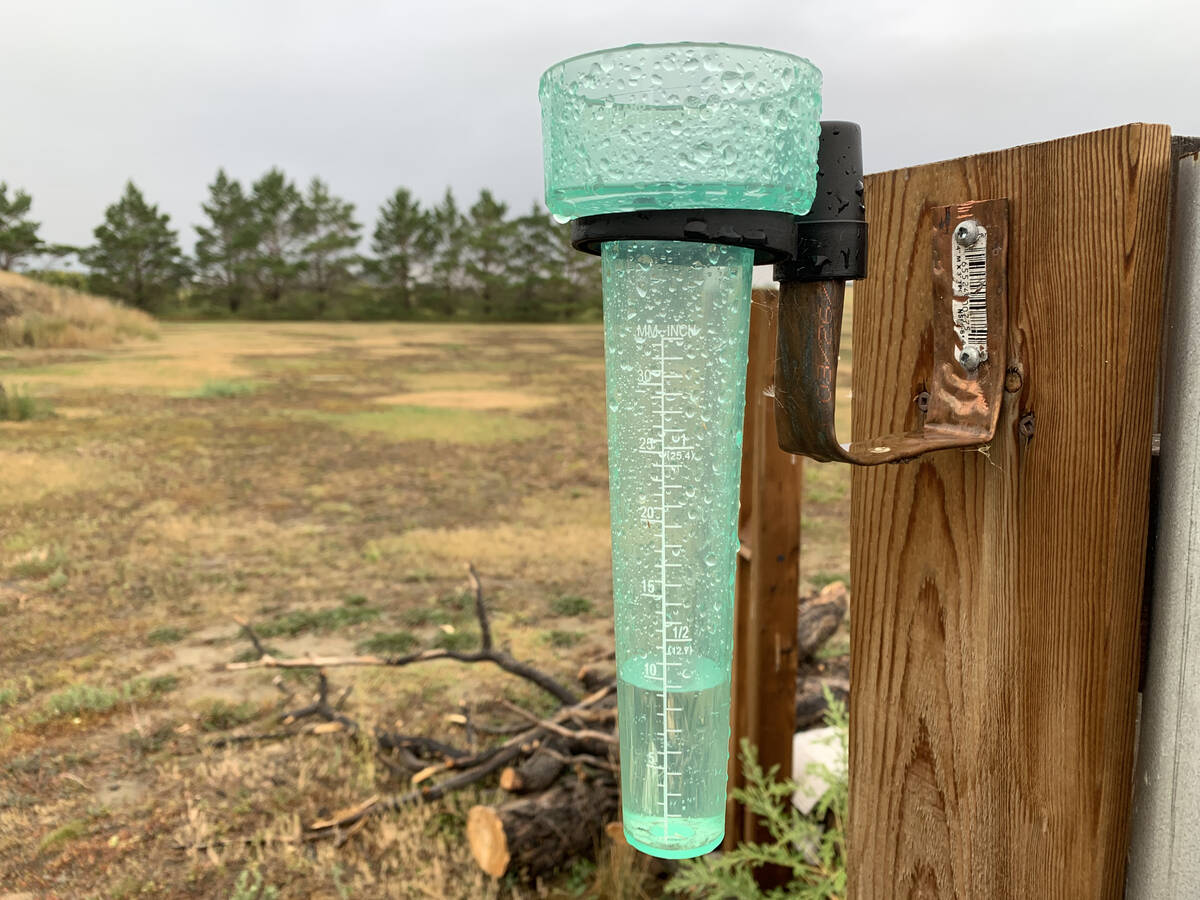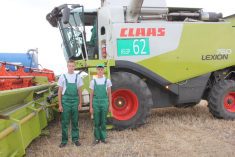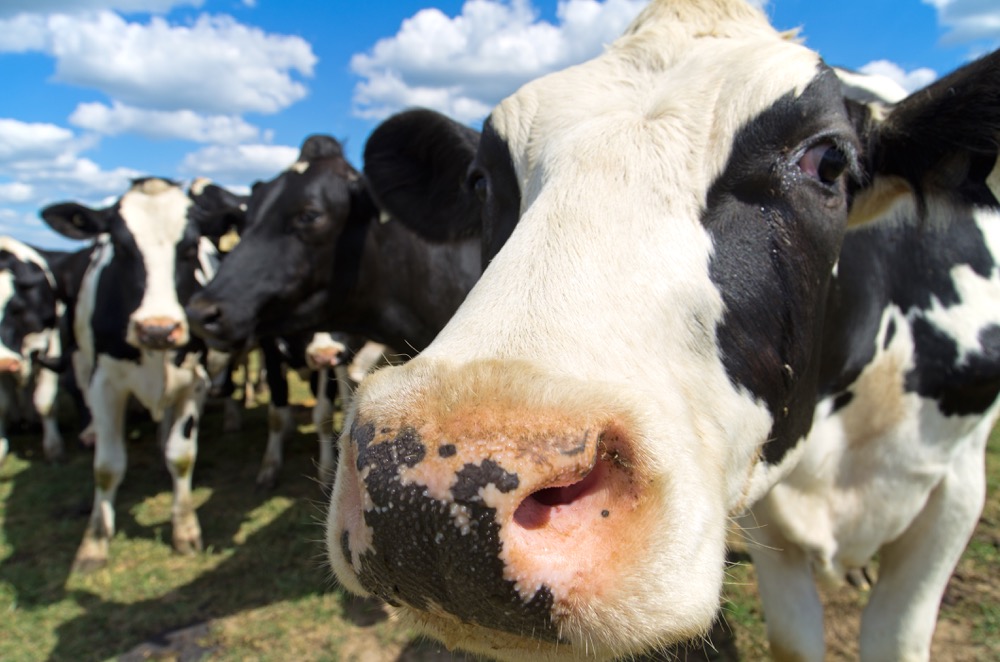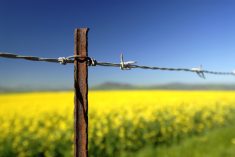As I flew over Alberta, the brown earth contrasted sharply with the blue sky.
It’s an ideal picture in fall or even spring, but this was late November and not a snowflake or raindrop had quenched the open fields. I recalled past seasons, with both bitter cold and massive snow, as well as balmy days, on the same date throughout the years. But never had it been this dry.
Is this a dry year in recent history or will it be known as the wettest year in times to come? Pondering this as a wet year puts a new perspective on the dialogue and the potential solutions.
Read Also

Western B.C., parts of Prairies received drought relief in October
Drought monitor for Western Canada for October
The disruption of water systems started long ago with the ridding of our industrious engineers who understood hydrology and the importance of water. They built dams that stored water behind and below their structures and in doing so preserved, purified and regenerated this essential resource.
Canada’s beavers are symbolic for an important reason. They remain the ultimate representatives of conservation, even as they and their lodges are threatened in a system of watershed and ultimately wetland destruction. The harvest of the beaver for pelts, the opening of land for other uses and blowing up dams, had an impact on our wetlands and contributes to current day climate change.
Farming, forestry, mining, oil, gas and other resource development, recreation, manufacturing and urban development all contributed to the demise of natural renewable systems. Solving the problem is complex and may take generations to fully appreciate. And what is clearly not understood is the intersection of all things – how systems work and are interdependent.
Pointing a withered finger at agriculture as the culprit doesn’t hold ground because we are only a speck on the landscape. Only 4.3 per cent of Canadian soil is currently arable. The rest of the disturbance and destruction has come from those outside ag and with the exception of flatland river sheds, from those activities often located at higher elevations.
It starts with watershed destruction that often leads to erosion, plant invasion and hotter soil. Every living thing becomes impacted thereafter, as families of trees are uprooted and the orchestrated activity of biodiversity is ripped apart, jeopardizing water retention.
The very plants that help us breathe by cleaning the air also create rain as roots, branches, stems, leaves, heads and canopy store and release water vapour. Strapping the earth with roads and structures, diversions, drains and below surface pumping completes the devastation.
Science tells us all these things and we think we know them, and yet we remain a society that watches and wastes.
We watch the contractual, and often foreign interest, destruction of our precious clean watersheds, waterways, wetlands and river basins while casually washing our perfectly clean car. We watch and worry while supporting policy that forces the responsibility of food security into the hands of the farmers who have, on many occasions, limited access to ground water and rain. We build, burn, bury and toss, and then publicly ask for solutions for the outcome of those actions to mitigate future risk.
Communities should be built around water preservation and regeneration instead of continuously withdrawing on the natural capital.
Just unintended consequences? Hardly. We have the science. Going back to Science 101 and embracing its reality is instrumental in educating the whole of society and the whole of government on the value of water.
In my own research on global food systems leadership, it was repeated often that we need practical solutions that benefit regional economies and long-term enabling policies that are multi-generational.
On a farm tour in the Netherlands, the host was asked why there is no religious conflict in the country. The answer was simple: “We all live below sea level.” In other words, the whole of society appreciates that there are places where Mother Nature will never be pushed.
Without the collaboration of governments and input from stakeholders who occupy the space, particularly in agriculture, any attempt to reverse parched landscapes is folly. We must commit to mirroring what nature does and in doing so, we get to explore all that is possible.
Our land has a reproductive and regenerative right and she wants to use her power to continue to sustain life – including our own. Farmers get this but they need more tools and information than a set of best practises. And, they need to know that they are valued in a society that flushes more water than they will ever feed. Just like living below sea level, every industry and every Canadian is in this together.
From the mountain top where a tree is felled to the plains where the drill is driven right through to the last trickle into the sea, and every beaver dam in between, there is synergy that must honoured if we are to succeed in quenching the thirst that faces us – in what could be the wettest year in this time in history.
















